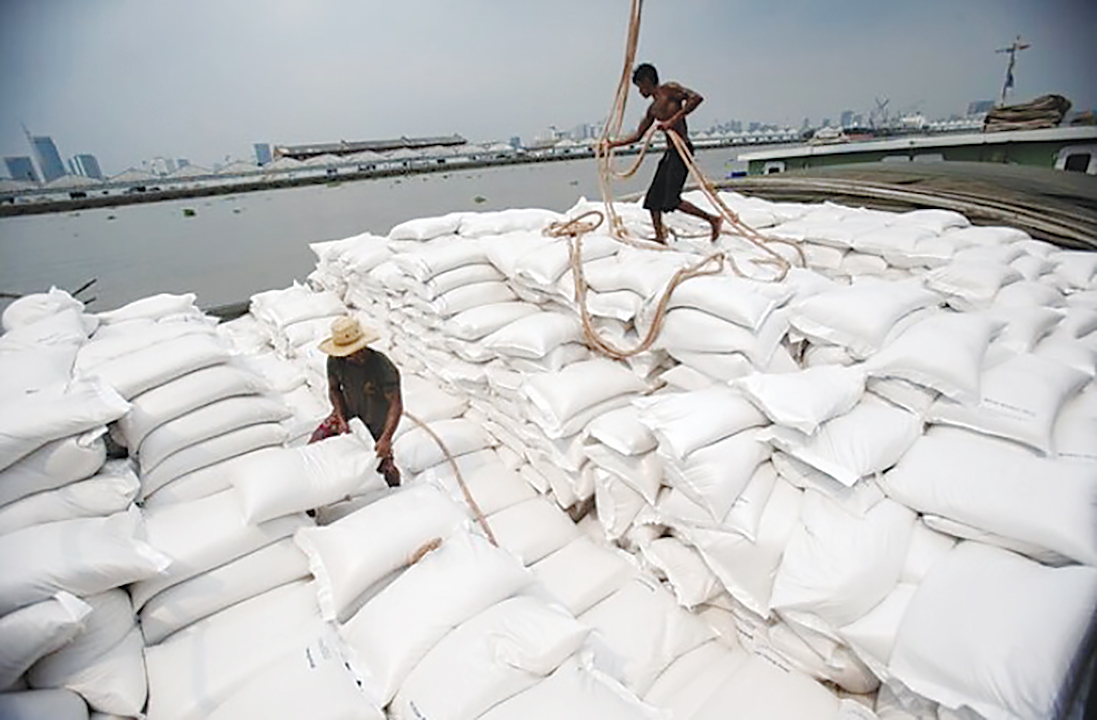BANGKOK — Thailand’s exports rose by their fastest annual rate in more than three years in May, beating expectations after shipments to the United States soared, and the commerce minister said on Wednesday that they would continue to perform well in 2025.
May exports jumped 18.4 percent from a year earlier to a record $31 billion, compared with a forecast year-on-year increase of 6.7 percent in a Reuters poll.
The surge in exports, a key driver of the Thai economy, was driven by accelerated shipments ahead of the expiry of a U.S. tariff pause in early July, the ministry said in a statement.
In the first five months of 2025, exports rose 14.9 percent from a year earlier.
“We hope export growth will exceed 10 percent this year,” Commerce Minister Pichai Naripthaphan told a news conference, saying that the weaker baht would further support shipments.
He said exports will be “a hero” for the economy this year, and that he expected upcoming trade talks with the United States to go well.
“We have started negotiations. I believe that in the end, we will be able to end it well,” he said.
Thailand faces a 36 percent US tariff on its exports if a reduction can’t be negotiated before the moratorium expires in July. The US has imposed a 10 percent tariff for most nations while the moratorium is in place.
On Monday, Pichai said both countries could agree on good terms with tariffs, possibly as low as 10 percent.
In May, exports to the United States, Thailand’s biggest market, jumped 35 percent from a year earlier, while shipments to China rose 28 percent.
Exports of computers and parts surged 104 percent in May from a year earlier, while shipments of agricultural goods rose 6.8 percent. Rice export volumes dropped 0.2 percent on the year.
Last month, imports increased 18 percent from a year earlier, beating a forecast rise of 13.1 percent, which led to a trade surplus of $1.12 billion for the month.
The Thai economy improved in April from March and the outlook remains in line with its downwardly revised forecast for this year with the impact of US tariffs to be seen in the second half, the central bank said.
The manufacturing sector improved after a sharp increase in exports drove inventory restocking, the Bank of Thailand said in a statement, but noted activity data was not yet reflecting the US tariffs, which were announced in early April.





